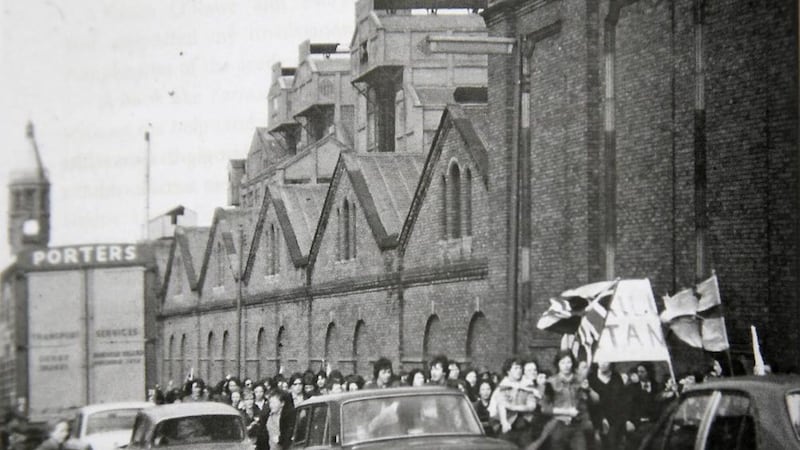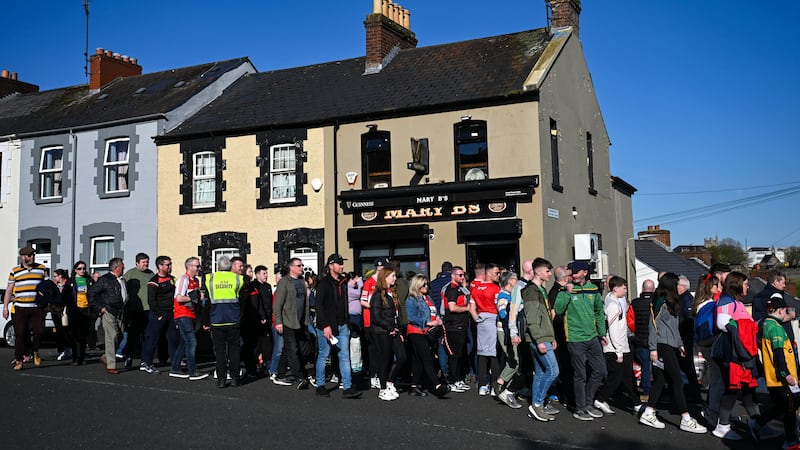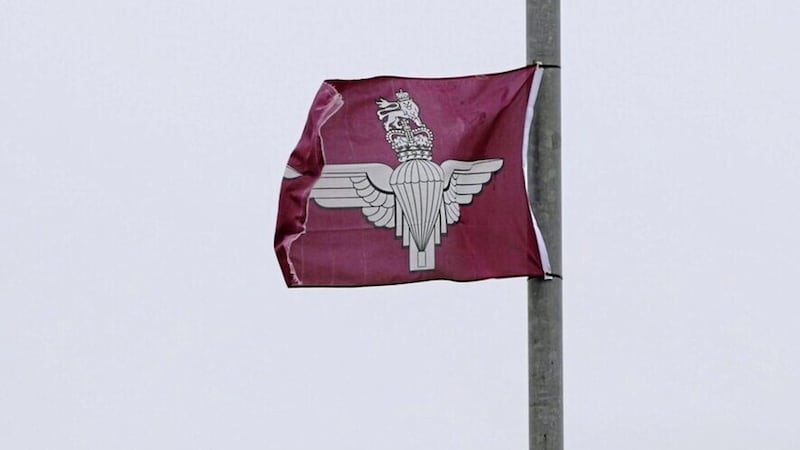THERE have been hundreds of books penned about conflict on our island from an Irish republican perspective.
You would need a spare room in your house just to store even half of them.
However, if you look to the other side there are relatively few really good books about loyalism.
The books I have on my bookshelf are of varied quality, the excellent Tony Novosel is always insightful.
However, others read as though the community they've studied are aliens from another planet, exhibits in a human zoo, being probed and prodded to give answers that fit with the author's preconceived position.
The result an overview that doesn't really give a true understanding of working class loyalist communities and what they're all about, what motivated them and inspired the sense of unwavering loyalty to a British crown that is rarely reciprocated.
I've interviewed and got to know many loyalists during my years as a journalist. If I'm honest some lived up entirely to the steroid muscled, Catholic-hating, thug stereotype, but more often that was not the case.
The stories about why and how they ended up in paramilitary organisations and prison are almost exactly the same as the stories told by republicans of the same generation.
However, the main difference I've found is that while most republicans speak about their past 'activism' with a sense of pride, placed as it now is into a political perspective, loyalist stories are quite often tinged with anger, sadness and regret.
We know electorally that even hard line, working class communities have shunned loyalist candidates at the ballot box in favour of mainstream 'big house' unionism.
And we know that many loyalists feel they were used, abused, brought onto the streets and later abandoned by those same mainstream unionist leaders who turned their backs on them once they were sent to prison.
Educational under achievement is higher among young Protestant men and the flag protests illustrated perfectly what happens when a generation of young people feel that they are not cared for or listened to.
Much has been made of how the riots from the flag protests left young men unable to find employment, but in reality most probably felt they didn't have great job prospects before then.
And so as we sit here in 2016 working towards an 'end game' with much debate as to how to help deprived and politically disconnected and disenfranchised young people would it not be wise to try and understand what made the generations before them feel violence was the only answer?
While there is a lack of properly researched and historically accurate reading material about that very subject one recent addition has gone some way to bring understanding the subject.
Gareth Mulvenna admits to having a fascination with early loyalism since he was a teenager growing up in north Belfast.
His recently published book Tartan Gangs and Paramilitaries - The Loyalist Backlash is a look at the early days of loyalism talking to the people who involved themselves first as teenage agitators before progressing into groups such as the UDA and UVF and in many cases prison.
And that loyalist backlash was something I'd never really given much thought to. Like most people I have an historical understanding of the start of the Troubles and the arrival of British soldiers following violent attacks on nationalist areas.
But Mulvenna takes the story back to the start, to before then, and why what should have been a secure and settled Protestant majority living in a unionist dominated Northern Ireland think that they were under threat culturally.
He found that the seeds of this disquiet lay with the belief that "Ulster was facing a 'high noon' or 'doomsday' scenario".
The seeds of this he found lay with rise in republicanism around the commemoration of the fiftieth anniversary of the Easter Rising.
This new found confidence of republicans was followed by the civil rights movement, that while backed in the early days by some Protestants quickly became portrayed as an attack on the status quo, making loyalists nervous about their future.
Catholic equality was painted by mainstream unionist leaders such as Ian Paisley as a threat to 'Ulster'.
Rather than romanticise or glorify the loyalist violence that followed from what were originally small gangs of young men dressed in tartan scarves to organised paramilitary organisations, Mulvenna breaks it down in a way that I admit made me think for the first time about my own understanding of loyalism.
His book does not make for easy reading at times, but it is nonetheless an important study of the past which is incredibly relevant in the here and now.
The now old men who spoke to Mulvenna about their experiences use the same language the young men of east Belfast are using now.
That fear of cultural erosion may well be based on perception rather than reality but what this book demonstrates if nothing else is how unwise it is dismiss those fears and risk history repeating itself.
:: Tartan Gangs and Paramilitaries: The Loyalist Backlash, is published by Liverpool University Press.








